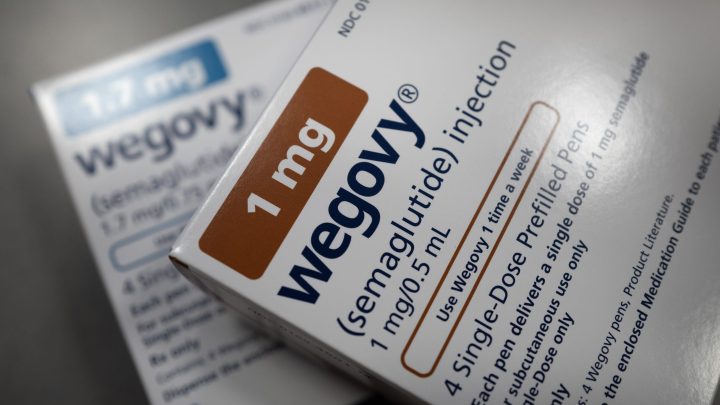
New drugs transform weight loss industry

WeightWatchers holds in annual shareholders meeting on Thursday and Thursday night will hold a virtual event with freshly departed board member Oprah Winfrey, who is still collaborating with the company.
The focus of the event will be the changes in the way we talk about obesity and diet culture, thanks to a new class of drugs known as GLP-1s, like Wegovy, Mounjaro and Zepbound.
Since the GLP-1s have come online, the size of the weight loss industry has ballooned from about $76 billion a year to almost $90 billion in 2023, according to research from Market Data LLC, which tracks the sector. And on the way, there have been casualties.
“A lot of those retail brick-and-mortar weight loss centers, a lot of them have disappeared or closed in the last three to four years,” said John LaRosa, research director for the group. “WeightWatchers used to have about 800 of those retail weight loss centers; now, it has 100. Jenny Craig used to have 600 retail weight loss centers; now, they have none.”
But if you can’t beat ’em, join ’em. WeightWatchers and weight loss apps like Noom have shifted their models to include the new drugs in their programs.
That kind of adaptation can help other sectors in the weight loss industry, according to Jenny Zegler, director of food and drink for the research firm Mintel.
“There’s a huge opportunity for food and drink companies that offer fiber, for example — this is something that can mimic the feeling of feeling full that these drugs offer,” she said.
And even though the drugs suppress people’s appetites, “there’s still really great opportunities for food and drink companies that might offer portion-control options for those consumers who are looking to keep these in their diet,” Zegler added. “Or maybe they just, they need a treat, but they just need a little treat.”
These drugs are having an effect on the fitness industry, as well — at gyms and in people’s homes through workout videos.
That’s the case for connected fitness company iFIT, which mentions weight loss drug use in its upcoming series, “Muscle Maintenance.” With research showing GLP-1s can contribute to a loss in muscle mass, Chief Marketing Officer Mark Phillips said there’s more interest in strength training.
So “we are also creating strength workout content specifically aimed for people who are doing these weight loss programs. It’s really about maintaining muscle mass, and feeling good, as well,” he said.
Because it seems these pricey drugs are here to stay and surviving in the weight loss business means figuring out how to work with them.
There’s a lot happening in the world. Through it all, Marketplace is here for you.
You rely on Marketplace to break down the world’s events and tell you how it affects you in a fact-based, approachable way. We rely on your financial support to keep making that possible.
Your donation today powers the independent journalism that you rely on. For just $5/month, you can help sustain Marketplace so we can keep reporting on the things that matter to you.











